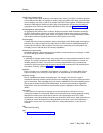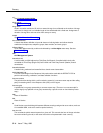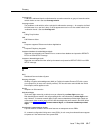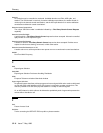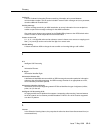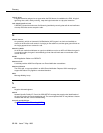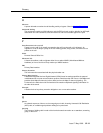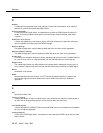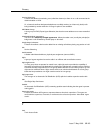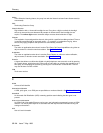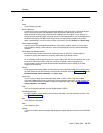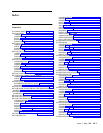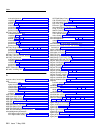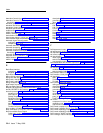
Glossary
Issue 7 May 1998 GL-13
Service Observing
A feature that allows the activating user (called the observer) to listen in on a call connected to the
observed station or VDN.
Or, a feature that allows designated telephones to audibly monitor (on a listen-only basis) calls
being handled by another extension. A barge-in option is also available.
Skill Hunt Group
A hunt group for EAS (Expert Agent Selection) that has the same attributes as a vector-controlled
split.
Simulated Bridged Appearance
The same as a temporary bridged appearance. Allows the station user (usually the principal) to
bridge onto a call answered by another party on its behalf.
Single-Step Conference
A feature that allows a device to be added into an existing call without placing any parties on hold.
SO
Service Observing
Soft Extension
A Station administered without a physical port assignment (same as WOH).
Split
A group of agents organized to receive calls in an efficient and cost-effective manner.
Split night service
If a hunt group does not operate for certain hours, split night service provides the capability of
forwarding new calls to a night destination but leaving the calls that are currently in queue until they
have been handled. Night service for hunt groups allows different hunt and ACD groups to go into
night service at different times. Night console service can also be administered on a trunk-group
basis that has precedence over night console service for hunt groups.
Split supervisor
The manager of an Automatic Call Distribution (ACD) split who handles supervisor-assist calls.
SSC
See
Single-Step Conference
Staffed
An Automatic Call Distribution (ACD) answering-position state indicating that the agent is present
and logged in.
Supervisor assist
A feature that allows ACD agents to request assistance from their supervisors. The agent can
confer with the supervisor, or transfer, or conference the call to the supervisor. Also called “agent
assist.”
T
TAC
Trunk Access Code



